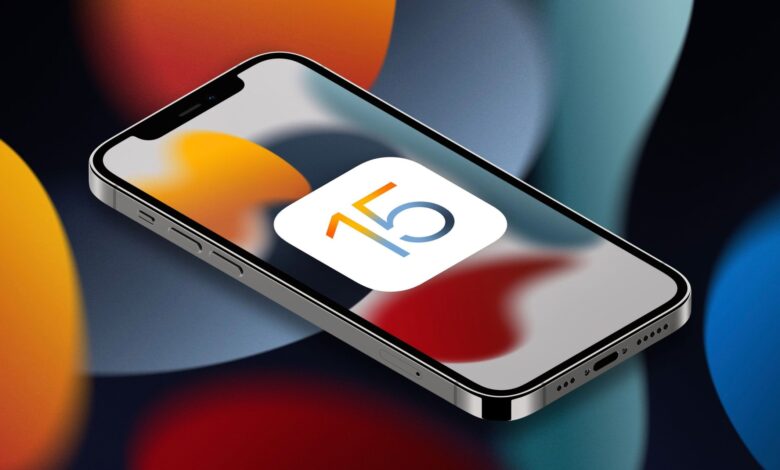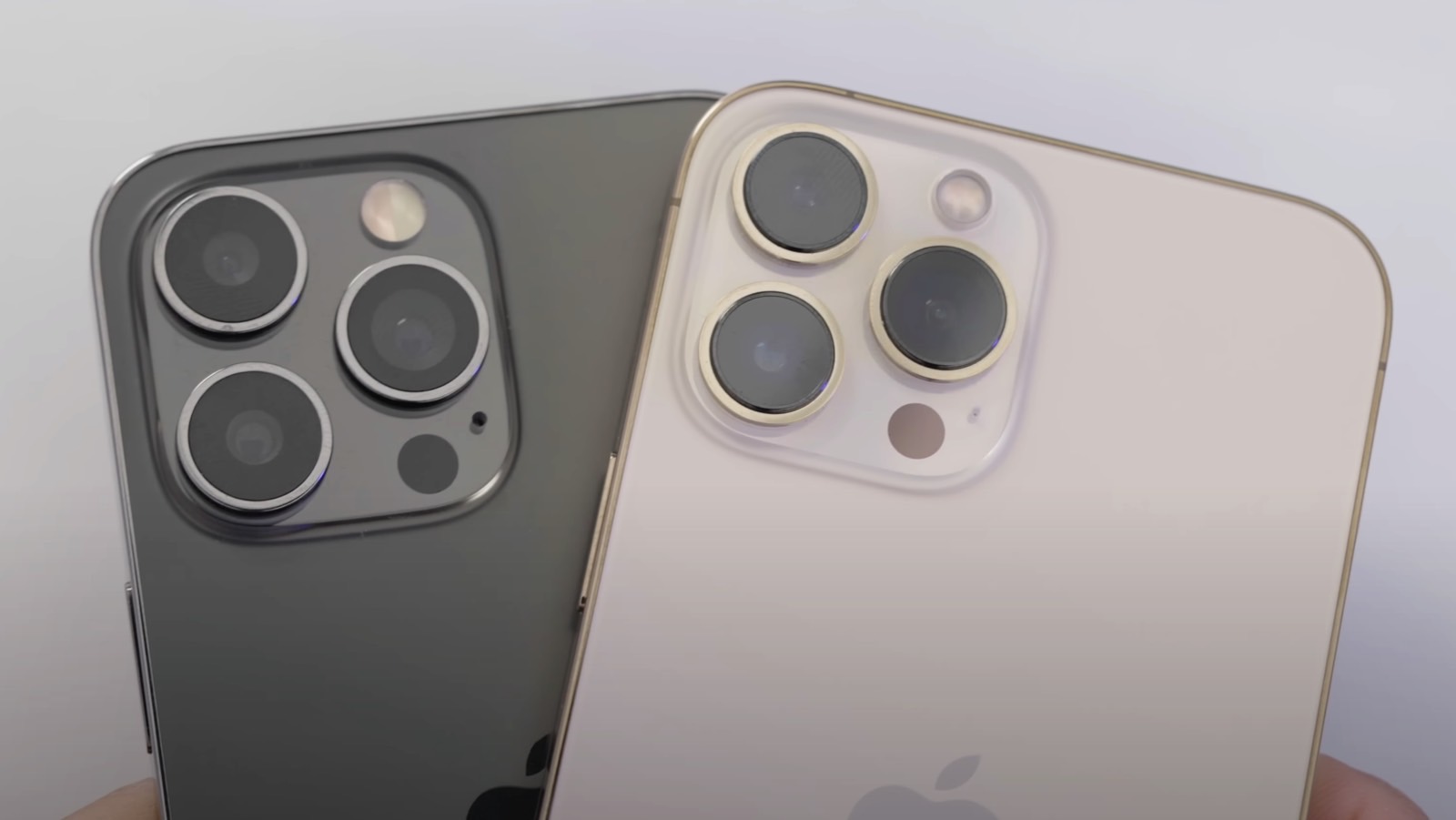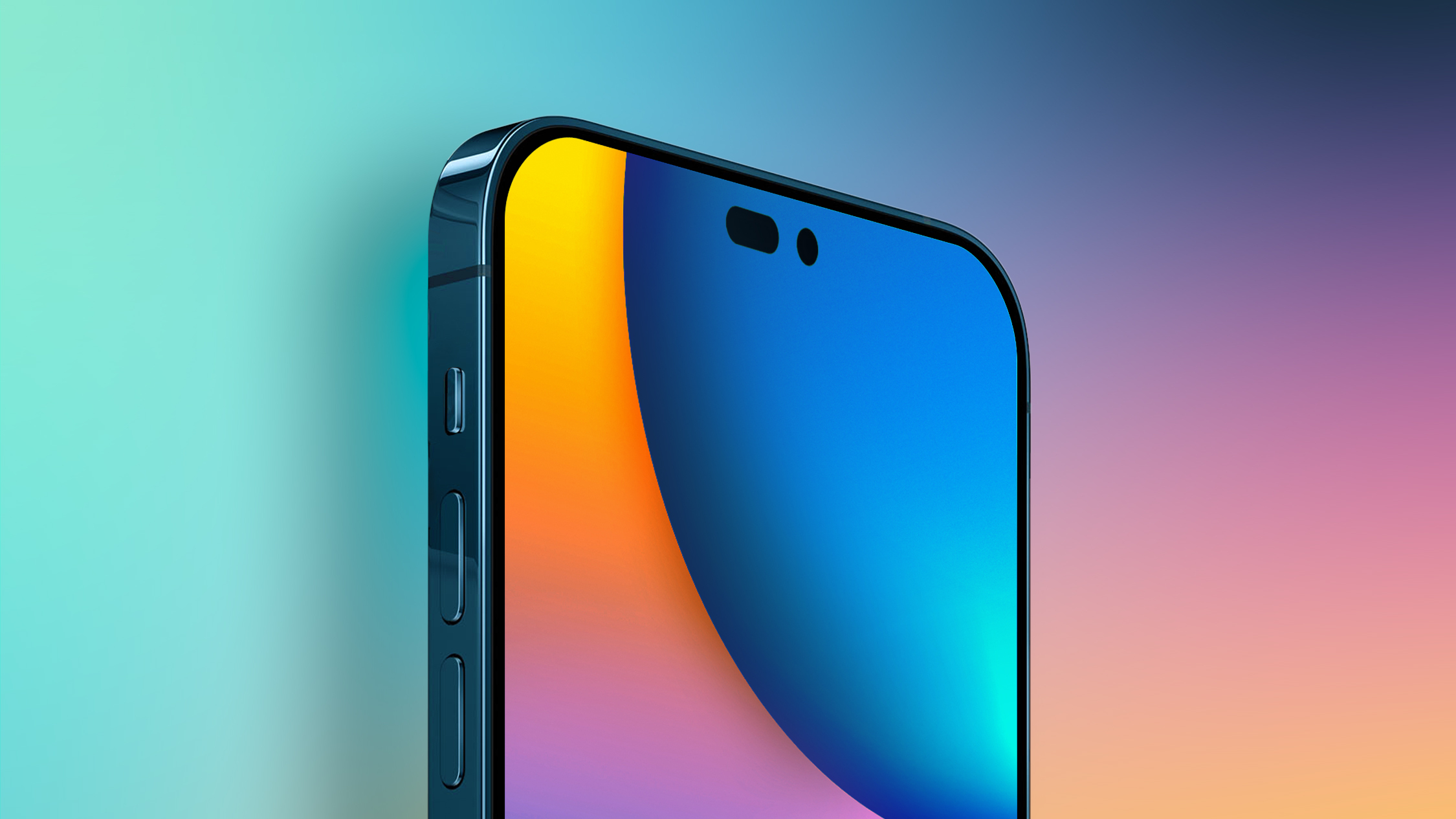iPhone 15 Pro will be a POWERHOUSE, Because of the 3nm TSMC chipset

iPhone 15 Pro will be a POWERHOUSE, Because of the 3mm TSMC chipset
The iPhone 15 Pro is expected to have a CPU built on the cutting-edge 3nm node, making it the most powerful smartphone by 2023. The iPhone 14 series this year won’t hold any hardware crowns when it gets into power. According to reports, the iPhone 14 and iPhone 13 Pro use the same A15 Hybrid 5nm processor.
-xl.jpg)
However, the Apple 14 Pro may have a brand-new A16 chip made using an improved 5nm manufacturing process. This would mean that smartphones powered by the Qualcomm 8+ Gen 1 are superior to the impending iPhone 14 versions. But in 2023, Apple could regain the title of manufacturer of the most powerful smartphone chip.
The CEO of TSMC stated, “N3E will majorly expand our N3 series with increased performance, power, and yield,” according to a Digitimes story. At N3E, we saw active customer participation, and volume manufacturing is planned for about a year after N3.” The iPhone 15 Pro features the iPhone A17 chip, which is expected to launch by next September and will use the N3E yield.
To have a massive power advantage, the iPhone 15 Pro?
Given that TSMC expects to begin mass producing the N3E node in late 2023, it’s possible that the iPhone 15 prices may be the only product to use the benefits of the new process.

The next Snapdragon 8 Generation 2 chip from Qualcomm is anticipated to be available for top Android phones by early 2023. It may continue to use the 4nm technology for an additional year. This could majorly improve the performance and power efficiency of the 3nm A17 chip.
The same might be stated of MediaTek, which is again expected to introduce its Dimensity 9000 chip replacement earlier in 2023. However, the 3nm node process 2024 chips from Qualcomm and MediaTek could be announced. That will grant Apple great pride of place for at least six months.
For the time being, Apple is to employ the iPhone 14 and iPhone 14 Plus with the upgraded A15 Bionic chip. With a Hexa-core GPU & 6GB RAM, this improved version is already on the Apple 13 Pro and Apple 13 Pro Max. It is expected that the Apple A16 chip in the iPhone 14 Pro would use an improved 5nm node with a bit higher brute strength and better thermals.

SPECULATIONS FOR THE IPHONE 15 PRO
It has been expected that the releasing the iPhone 14 series in about a week. In light of this, not much is known about iPhone 15 Pro. We also know that iPhone 14 series’ camera will include 48MP pixels.
Apple will increase the iPhone pixel size for the first time in seven years. Consequently, the iPhone 15 Pro will probably include the same 48MP sensor. This gadget should have a 12MP ultrawide lens with a 1.4-micron resolution.
The phone 15 Pro will include a punch-hole OLED display, a 6x periscope zoom camera, and a 3nm Apple A17 chipset. The 3nm Apple A17 CPU will probably only be used in the iPhone 15 Boost overall and iPhone 15 Pro. The A16 Cortex SoC should continue to power the iPhone 15 Max and standard iPhone 15.

According to industry sources, Apple is “the key customer of TSMC’s 3nm production – in 2023, and the factory is projected to fill major 3nm chip commitments for several customers in 2024,” according to the production plan of TSMC’s N3E. This means that the iPhone 15 Pro series will employ 3nm chips for the first time.
THE A16 BIONIC WILL BE INCLUDED IN THE APPLE IPHONE 15/MAX.
According to rumors from China, Apple’s iPhone 14 and iPhone 14 Pro will reportedly employ different CPUs this year. Other processors from the Pro versions will be included in the entry-level iPhone 14/Max. The outdated A15 Bionic chip will be used in the iPhone 14 and iPhone 14 Max.

The new Revolutionary A16 SoC is only going to be used in the iPhone 14 Pro and Apple 14 Pro Max. The iPhone 15 series will employ the same tactic in the upcoming year. According to some sources, this will become the standard for Apple’s iPhones.
The report further asserts that the iPhone 15 model will continue to use the 5nm A16 from this year. The 3nm A17, according to the Chinese source, will allegedly only be used for the iPhone 15 Pro line. According to the claims above, the Apple product 15 Pro specifications are reasonable to think.
- 48MP main camera with a 3nm Apple A17 chipset;
- 12MP ultrawide lens with 1.4-micron micro pixels.
- OLED punch-hole display
It’s possible that Apple will only equip the iPhone 15 Pro Limit and iPhone 15 Pro with a 3nm Apple A17 CPU next year because rumors suggest that the iPhone 14 series will go on a processor fragmentation spree with 5nm A15 for the iPhone 14 and 14 Max and 4nm A16 for the smartphone 14 Pro and 14 Pro Max.

Apple will be “the main client of TSMC’s three networks switching manufacture in 2023, and the fab is projected to complete major 3nm chip commitments for other customers in 2024,” according to the N3E production plan from TSMC.
The iPhone 15 Pro & 15 Pro Max are expected to be the first big phones to include the new 3nm processors because of their brand-new periscope cameras, which could put them well ahead of the competition by 2023, not just in iPhones.
However, because the iPhone 15 Pro will have a lower resolution with fewer pixels for the graphics system to push, its scores may surpass those of an iPhone 15 Pro Max with the same A17 CPU, making the iPhone 15 Pro the most powerful smartphone of 2023.
In addition to supporting data transfer rates of up to 80 Gbps over USB-C and using both current 40 Gbps USB-C passively cables and newly specified 80 Gbps USB-C amazing cables, the USB4 solution provides the number of features.

Updated USB data architecture now allows USB 3.2 data tunneling to exceed 20 Gbps; Updated to comply with the most recent DisplayPort and PCIe specifications; Backward interoperability with USB4 Variant 1.0, USB 3.2, USB 2.0, and Thunderbolt 3 specifications. Updates to information and display protocols to better use the increase in available bandwidth.
All of these improvements are to be released ahead of this year’s USB DevDays developer sessions, which are scheduled to begin in Seattle in November.
This upgrade is “specifically targeted to writers at this time,” the group claims. In the future, branding and marketing policies will be revised also to include USB 80 Gbps for recognizing authorized cables and devices.
edited and proofread by nikita sharma




